|
2010. január 18 - 2010. március 22. A kiállítás anyagát Buchenwald és Mittelbau-Dora Emlékhely Alapítvány munkatársai gyűjtötték és állították össze. A kiállított anyag, a videofelvételek, fényképek, használati tárgyak sajátos nézőpontból mutatják be az ott történteket. A kiállítás Buchenwald asszonyaira, lányaira, az ő személyes történetükre koncentrál. Amikor Goethe egykori szerelme, Charlotte Kestner, akiről a Wertherben Charlotte figuráját mintázta, ellátogatott Weimarba, az élet szépségét, a társasági életet élvezte; Buchenwald elfeledett asszonyainak a szenvedés jutott, és a túlélésért küzdöttek. Mégis van valami közös bennük: az élet szeretete, amit Buchenwald asszonyai közhelyből valósággá formáltak. Túlélők visszaemlékezéseit, személyes tárgyait, tanúvallomásait ismerhetjük meg. A történelemkönyvekből megtanult számadatok arcokká válnak, személyes ismerősökké. Magyarországon ennek a kiállításnak még nagyobb jelentősége van, mint máshol, hiszen Buchenwald asszonyai között a legtöbben Magyarországról elhurcolt nők voltak. Az emlékezés egyúttal hitet is kifejez, hitet abban, hogy az emberiség és az egyes ember tanul a múltból, hogy az oktatásnak, a kultúrának, a technikai civilizációnak mégis van erkölcsnemesítő ereje, és Goethe Weimarja erősebb, mint a nácik Buchenwaldja. (Prof. Dr. Volkhard Knigge, a Buchenwald és Mittelbau-Dora Emlékhely Alapítvány igazgatójának beszédét Ramona Bräu kurátor olvasta föl. - rövidített változat) Kurátor: Ramóna Bräu 18th January 2010 – 22nd March 2010 The material of the exhibition was collected and compiled by the staff of the Buchenwald and Mittelbau-Dora Memorial Foundation.The exhibited material, the videos, photos and household objects show what happened there from a special perspective.The exibition focuses on the women, girls of Buchenwald, and their personal stories. When Charlotte Kestner, the former love of Goethe, from whom he modeled the character of Charlotte in Werther, visited Weimar, she enjoyed the beauty of life and social life. The forgotten women of Buchenwald got suffering and struggled to survive.Yet they have something in common: the love of life, that was transformed by the women of Buchenwald from cliche into reality.We can learn about the survivors’ recollections, personal belongings and testimonies.The figures we learn in history books become faces, personal acquaintances.In Hungary, this exhibition is even more important than elsewhere, since most of Buchenwald’s women were deported from Hungary. Remembrance also expresses belief. beliefe in the facts that mankind and individual people learn from the past, that education, culture and technical civilization still have an ennobling power, and that Ghoethe’s Weimar is stronger than the Buchenwald of the Nazis. (The speech of Prof. Dr. Volkhard Knigge, Director of the Buchenwald and Mittelbau-Dora Memorial Foundation, was delivered by the curator, Ramona Bräu. – abridged version). Curator: Ramona Bräu
0 Comments
Leave a Reply. |
Tartalom:A Magyar Zsidó Múzeum és Levéltár kiállításai Categories |
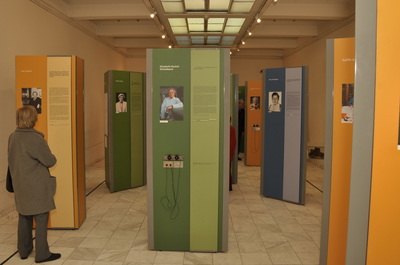
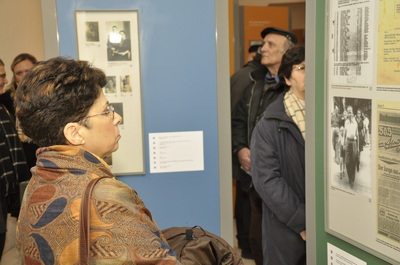
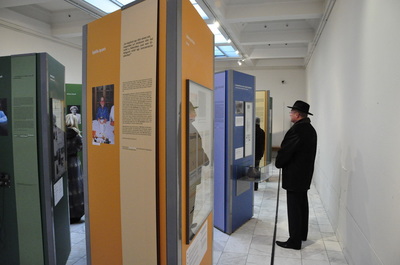
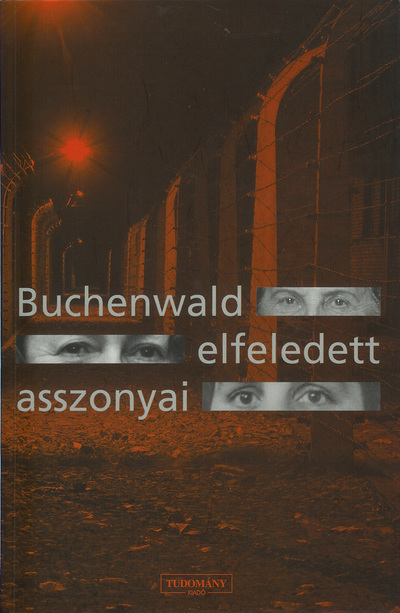
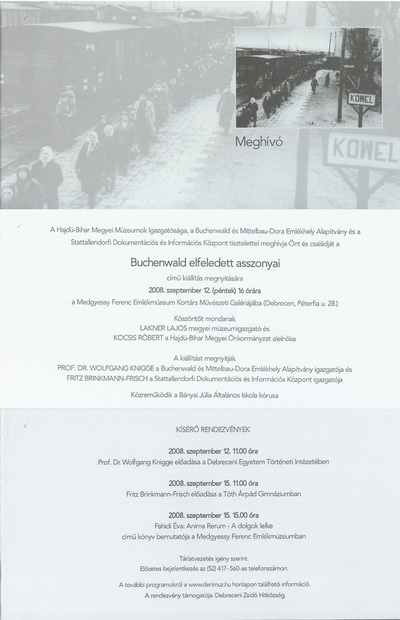
 RSS Feed
RSS Feed